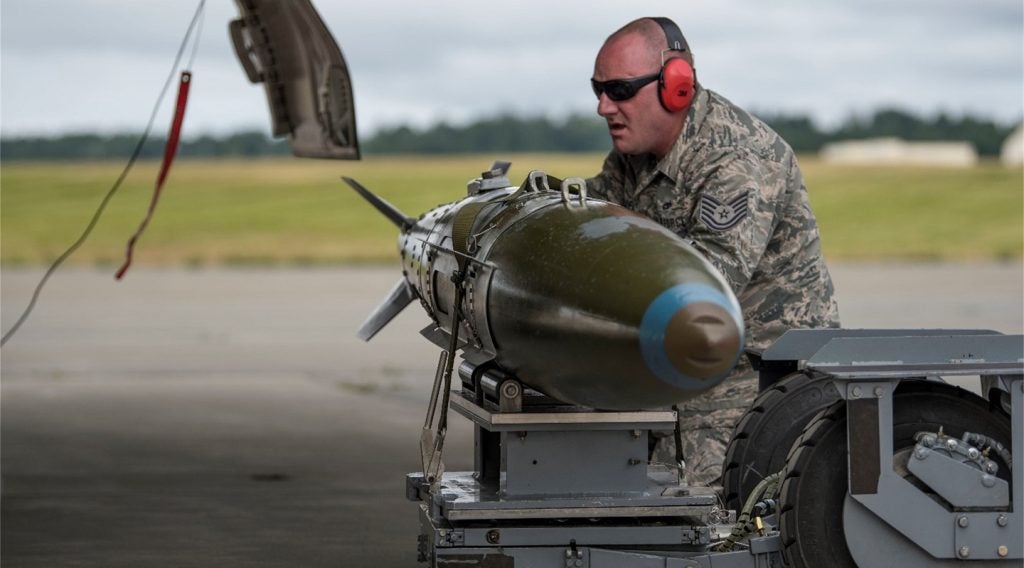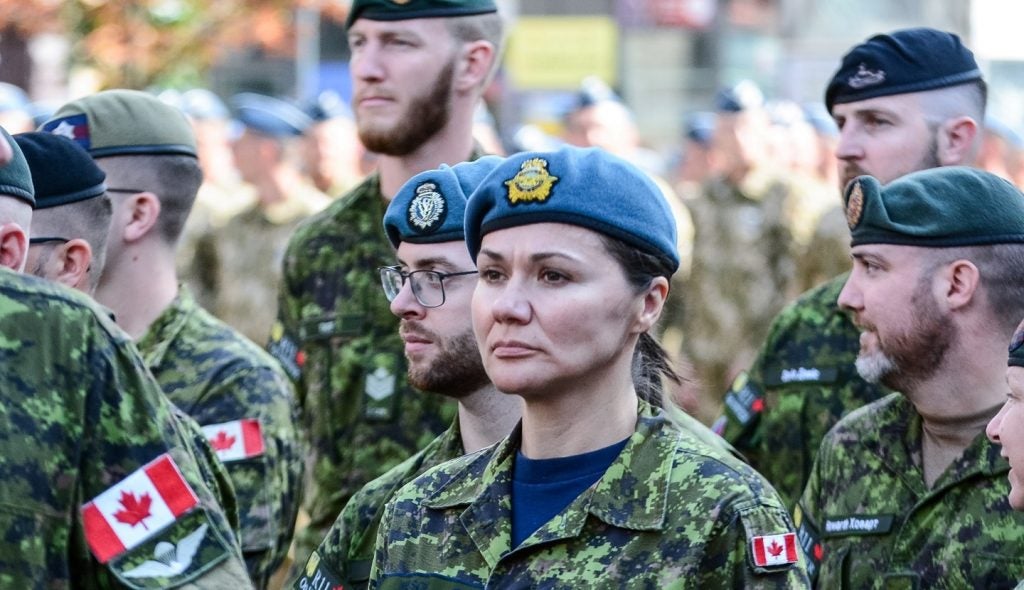
The US Air Force’s (USAF) two F-35A Lightning II Joint Strike Fighter (JSF) aircraft have successfully engaged four laser-guided bombs on the Barry M. Goldwater Range.
The latest development marks a milestone for the F-35 programme which is striding towards achieving the initial operational capability.
USAF 62nd Fighter Squadron commander lieutenant colonel Gregory Frana said: "Yesterday we were able to execute one of the primary missions of this multi-role fighter and successfully employ air to ground weapons.
"As we execute the mission of training the world’s greatest F-35 pilots it is critical we make our training as realistic as possible."
The procedure was conducted as part of a regular training programme scheduled to provide realistic training for the F-35 instructor and student pilots at Luke Air Force Base (AFB).
A fifth-generation fighter, the F-35 Lightning II combines advanced stealth with fighter speed and agility, fully fused sensor information, network-enabled operations and advanced sustainment.
How well do you really know your competitors?
Access the most comprehensive Company Profiles on the market, powered by GlobalData. Save hours of research. Gain competitive edge.

Thank you!
Your download email will arrive shortly
Not ready to buy yet? Download a free sample
We are confident about the unique quality of our Company Profiles. However, we want you to make the most beneficial decision for your business, so we offer a free sample that you can download by submitting the below form
By GlobalDataCurrently under development in three versions, the F-35 JSF is a fifth-generation multi-role fighter aircraft variants will replace the A-10 and F-16 for the US Air Force (USAF), the F/A-18 for the US Navy, the F/A-18 and AV-8B Harrier for the US Marine Corps.
The aircraft is expected to achieve full operational capability with the USAF by 2021 or 2022.
Lockheed is jointly developing the F-35 with its partners, Northrop Grumman and BAE Systems.
Image: A F-35A Lightning II aircraft. Photo: courtesy of US Air Force.







